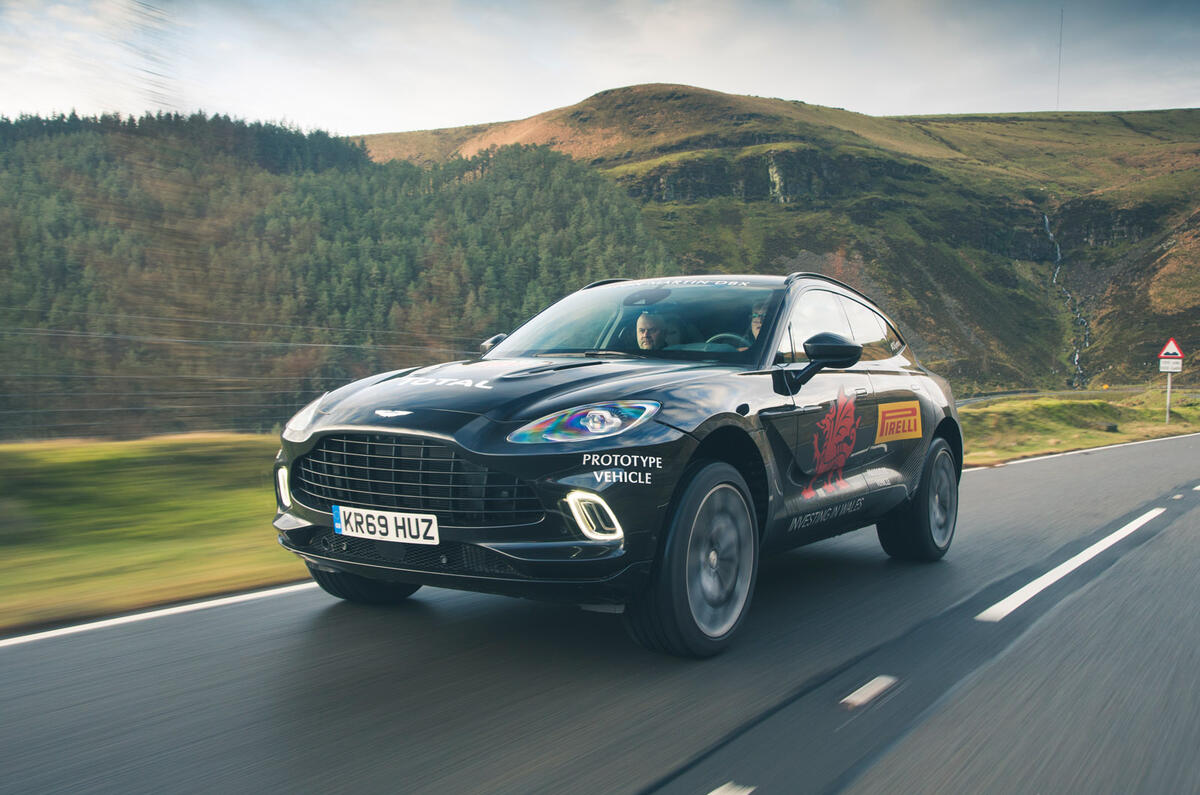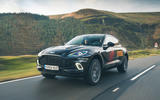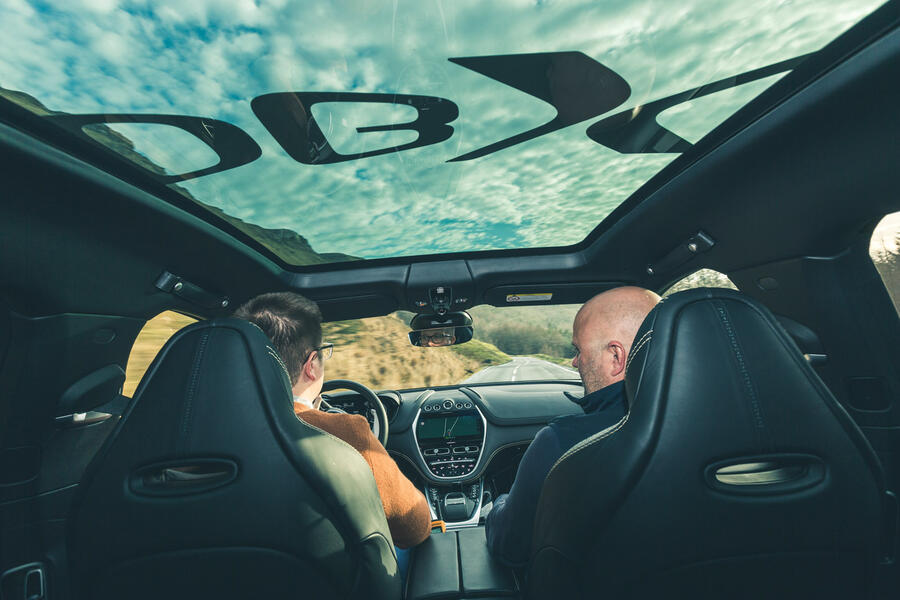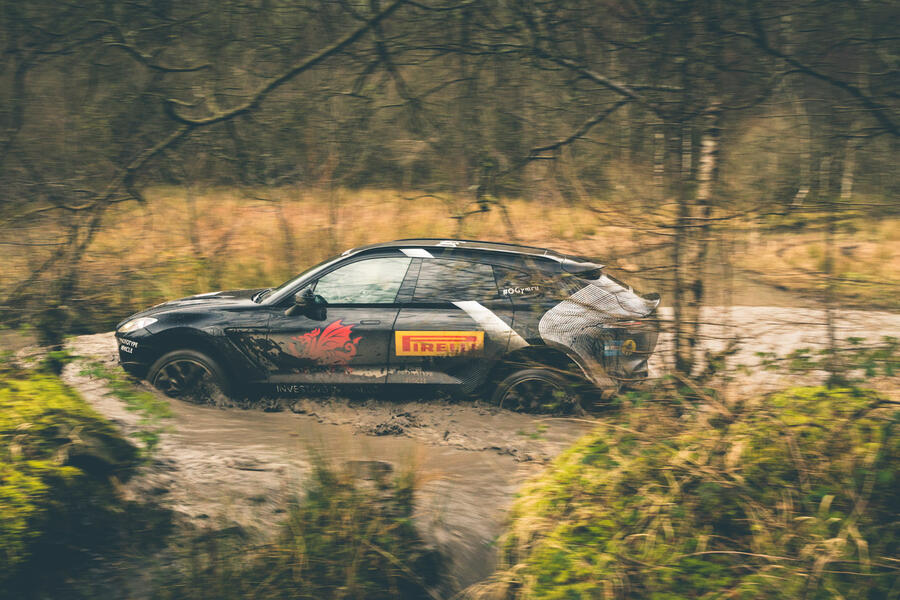It has been a challenging fifteen months for Aston Martin Lagonda Global Holdings plc since the company took its ‘second century’ business expansion plan public on the London stock exchange.
I’d imagine a stock market analyst would probably choose a word other than ‘challenging’ to describe it, in fact; one preceded, perhaps, with an even more colourful term beginning with the letter ‘b’ or ‘f’.
The truth is, Aston’s stocks have yet to really become buoyant at all. They’ve been taking on water steadily since an ambitious debut at £19-a-share in October 2018, and rallied briefly over Christmas, but sat at a new low of £3.86-a-piece as these words were written. Painful stuff indeed. Although a change in ownership structure is rumoured to be close, the floatation experiment must now be weighing on the company’s balance sheet like a 20-stone life preserver resting not-so-lightly around the neck.
Conveniently, the car that may be the company’s saviour is almost ready to enter the fray – and how urgently it is needed. The DBX is the new big second-century Aston. A four-door, five-metre, 542bhp ‘super-SUV’ of a contentious kind, it’s not likely to be welcomed by critics and commentators across the board – although, by my reckoning, it probably should be. And few at Gaydon will care in any case if it reproduces even a proportion of the commercial success of the Lamborghini Urus, Bentley Bentayga or Porsche Cayenne, and becomes the stabilizing and transformative influence that Andy Palmer and his team are quietly but squarely depending on.
The DBX is not a car that seems so fundamentally alike to those polarizing fast and expensive 4x4s in the metal, actually. Aston invited us to its new factory in St Athan, South Wales, for a first drive which came courtesy of a mid-stage production prototype in a low-profile-keeping dark colour and with some very light disguise. The sight of it quickly confirmed that this car might very well change opinions about how excessive and objectionable big, powerful, exotically positioned SUVs must necessarily be.
It’s just over five metres long; longer therefore than a Porsche Cayenne or a Range Rover Sport, but shorter than a Bentayga or an Urus. But being long-in-the-wheelbase and lower-roofed than many of its SUV rivals, it doesn’t looks its size somehow - being also rakish and tapering, with a relatively low bonnet height. I’d risk putting it on record, in fact, that it’s much closer to compact- and elegant-looking than ever I thought a car like this might get. It’s also not overwrought or aggressive-looking – at all. While I appreciate that recording as much will open me up to ridicule by a great many people who haven’t laid eyes on the car at all, to my eyes the DBX looks like a handsome modern Aston – and, considering its necessary size and proportions, that’s quite something.





































































Join the debate
Add your comment
Walters arena
Walters arena is near Neath not Merthyr Tydfil.
Looks like the new Ford Puma
Looks like the new Ford Puma
The Ugliest Aston Ever?
This is onviously subjective, but in my opinion not only is the the ugliest Aston ever, but also the least desirable.